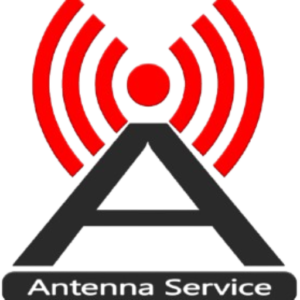As technology advances, antennas are evolving to meet the growing demands of high-speed communication and data transfer. Smart antennas and 5G connectivity are transforming how we transmit and receive signals, providing faster speeds, better coverage, and improved efficiency. In this blog, we explore the future of antenna technology and how it’s shaping modern communication.

What Are Smart Antennas?
Smart antennas are advanced antenna systems that can dynamically adjust their signals to improve performance. Unlike traditional antennas, smart antennas use multiple elements to direct signals efficiently, reducing interference and enhancing communication quality.
Types of Smart Antennas:
- Switched Beam Antennas – These antennas switch between predefined signal paths to optimize reception.
- Adaptive Array Antennas – These use digital signal processing to adjust signal direction in real-time, improving efficiency and reducing interference.
The Role of Antennas in 5G Technology
The rollout of 5G networks relies heavily on advancements in antenna technology. Key features of 5G antennas include:
- Massive MIMO (Multiple Input, Multiple Output) – Uses multiple antennas to enhance data transmission capacity and speed.
- Beamforming Technology – Directs signals towards specific users instead of broadcasting in all directions, increasing efficiency.
- Millimeter-Wave (mmWave) Support – Operates at higher frequencies, allowing ultra-fast data transfer with minimal latency.
Benefits of Smart Antennas and 5G Connectivity
- Faster Internet Speeds – 5G antennas enable gigabit-speed internet for seamless streaming and downloads.
- Better Coverage – Smart antennas can improve reception in urban and rural areas.
- Reduced Interference – Beamforming and adaptive signal adjustments enhance network stability.
- Lower Power Consumption – Smart antennas optimize signal transmission, reducing energy usage.
Challenges and Future Developments
Despite the benefits, smart antennas and 5G technology face challenges such as:
- Infrastructure Costs – Deploying 5G antennas requires significant investment.
- Signal Penetration Issues – High-frequency signals struggle to pass through buildings.
- Security Concerns – Enhanced connectivity increases the need for stronger cybersecurity measures.
Final Thoughts
The future of antenna technology is promising, with smart antennas and 5G connectivity leading the way for faster and more reliable communication. As innovations continue, we can expect even greater improvements in network efficiency, speed, and coverage.
